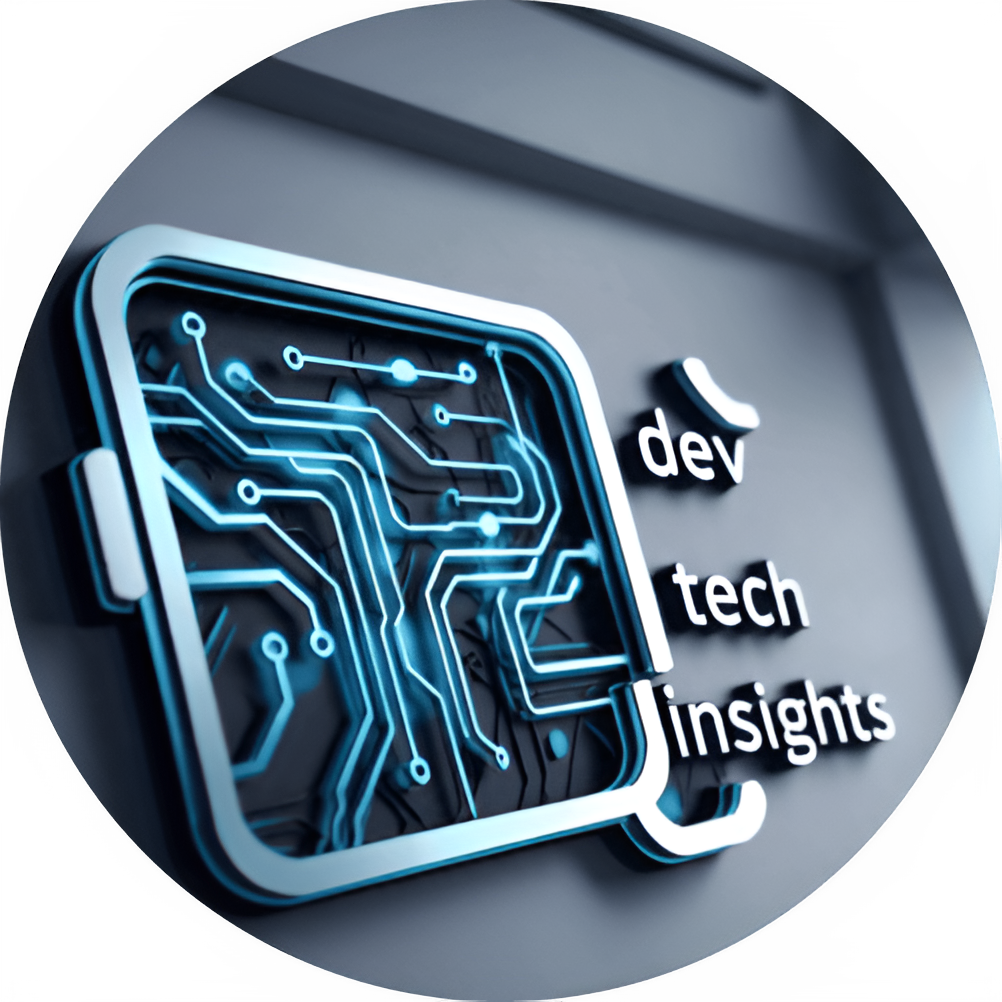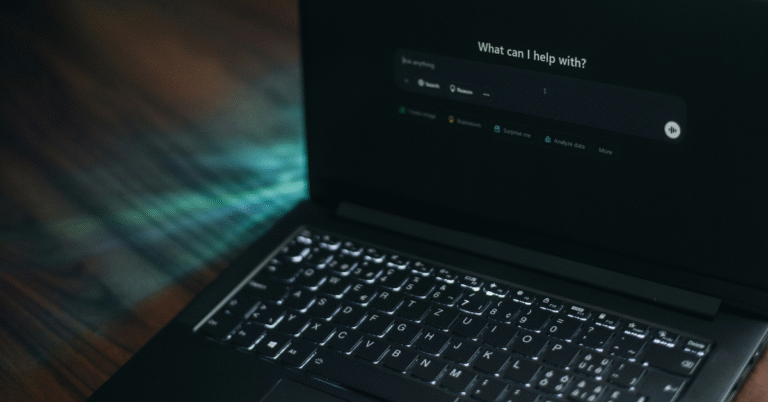
Why 2025 Is the Year Edge AI Explodes — and What Every Developer Should Build Now
Table of Contents
Introduction
In 2025, Edge AI is not just a buzzword—it’s a revolution in motion. As AI models become more compact and efficient, developers are finding new ways to run powerful algorithms on devices like smartphones, drones, wearables, and embedded systems without relying on the cloud. The shift from centralized to edge-based computing is rapidly transforming how real-time data is processed.
But what’s driving this explosion in Edge AI now? And more importantly, what should developers be building today to ride this wave?
Let’s unpack this booming trend and reveal what’s worth building, why now, and how to position yourself at the forefront of Edge AI in 2025.
🔥 Why Edge AI Is Exploding in 2025
1. Faster & Cheaper Edge Hardware
The rise of cost-efficient microprocessors like NVIDIA Jetson, Coral Edge TPU, and Raspberry Pi 5 has made it feasible to deploy AI models directly on devices.
- Lower latency: No cloud round-trips
- Improved privacy: Data doesn’t leave the device
- Energy-efficient processing
2. On-device Foundation Models
With models like Gemini Nano, OpenVINO, and Apple’s ML frameworks, developers can now deploy small-but-powerful AI models right on mobile or IoT hardware.
3. New Use Cases Are Going Mainstream
Edge AI powers everything from:
- Surveillance drones with onboard anomaly detection
- Real-time health monitoring via wearables
- Predictive maintenance in industrial machines
- Smart vehicles with embedded LLMs
- Personalized fitness and wellness tracking
4. Global Push for Data Sovereignty
Regulations like GDPR, CCPA, and India’s DPDP Act have pushed industries to avoid centralized data processing, accelerating the move to the edge.
🧠 EEAT Strategy (Experience, Expertise, Authoritativeness, Trustworthiness)
To maintain a strong EEAT presence in Edge AI content:
- Experience: Share real-world applications and development stories (e.g., deploying an AI model on Raspberry Pi).
- Expertise: Reference academic studies, benchmarks, and industry reports.
- Authoritativeness: Quote from leading AI research groups and showcase tools like Edge Impulse, OpenVINO, or TensorFlow Lite.
- Trustworthiness: Include citations, link to reputable sources, and highlight your development experience transparently in the author box.
🔧 What Developers Should Build in 2025
1. AI-Powered IoT Home Automation System
Build an on-device voice assistant for lights, locks, and appliances that doesn’t send voice data to the cloud.
- Tools: TensorFlow Lite, Arduino Nano, ESP32
- Use: Smart homes without privacy risks
2. Real-Time Pose Detection Fitness App
No cloud latency. Deploy AI models that track workouts locally on smartphones.
- Tools: MediaPipe, ONNX Runtime Mobile
- Use: Fitness form correction in real-time
3. Offline Document Scanner with OCR & LLM Summarizer
Use on-device LLMs (like Phi-2 or Mistral Tiny) to scan and summarize receipts, bills, or IDs without uploading to cloud.
- Tools: Tesseract OCR, Mistral-7B, React Native + Flutter
- Use: Privacy-first document management
4. Edge AI Anomaly Detection for CCTV
Run CV models on edge cameras to detect suspicious behavior instantly.
- Tools: OpenCV + YOLOv8 + Jetson Nano
- Use: Smart surveillance without streaming to cloud
5. Voice-enabled Embedded Chatbot
Embed an AI chatbot in devices like microwaves or smart speakers that can understand simple commands locally.
- Tools: PicoVoice + NanoGPT
- Use: Smart embedded devices
🌐 Top Edge AI Frameworks to Explore
| Framework | Best For | Platform Support |
|---|---|---|
| TensorFlow Lite | Mobile & embedded AI | Android, iOS, Linux |
| ONNX Runtime | Cross-platform AI inferencing | Windows, Linux, macOS |
| Edge Impulse | IoT model training & deployment | Microcontrollers, Raspberry Pi |
| OpenVINO | Computer Vision AI at the edge | Intel devices |
| MediaPipe | Real-time vision & ML tasks | Mobile, web |
📈 Market & Industry Outlook
- Gartner predicts that 75% of enterprise data will be generated and processed at the edge by the end of 2025.
- AI hardware market for edge devices is projected to hit $39.6 billion by 2026.
- Healthcare, retail, logistics, and manufacturing are leading the demand for edge-powered intelligence.
👨💻 Author Box
Author: Abdul Rehman Khan
Role: Tech Blogger | Developer | SEO Strategist
Abdul Rehman is the founder of DevTechInsights.com, where he shares in-depth technical content for developers and tech enthusiasts. With a strong background in full-stack development and a sharp eye for SEO, he helps readers stay ahead in the rapidly evolving world of web and AI technology.
🤖 FAQs
1. What is Edge AI?
Edge AI refers to the practice of running AI algorithms directly on devices (like smartphones, sensors, or embedded boards) rather than relying on centralized cloud systems.
2. Why is Edge AI important in 2025?
With advances in hardware and growing privacy regulations, Edge AI allows for faster, private, and more efficient AI processing.
3. What programming languages are used in Edge AI?
Mostly Python, C++, and frameworks compatible with TensorFlow Lite, ONNX, or OpenVINO.
4. Is Edge AI better than Cloud AI?
It depends. Edge AI is faster and more private but is limited in processing power. Cloud AI is better for heavier computation but less private.
5. What are the best tools to learn Edge AI in 2025?
Start with TensorFlow Lite, Edge Impulse, OpenVINO, and MediaPipe for building real-world apps.
🚀 Conclusion
Edge AI is not a future prediction — it’s happening right now. As 2025 unfolds, developers who understand how to build on-device intelligence will unlock massive opportunities across industries. Whether you’re optimizing real-time systems, building secure smart devices, or creating energy-efficient applications, this is the moment to act.
Start building now — the edge is where the AI gold rush begins.







